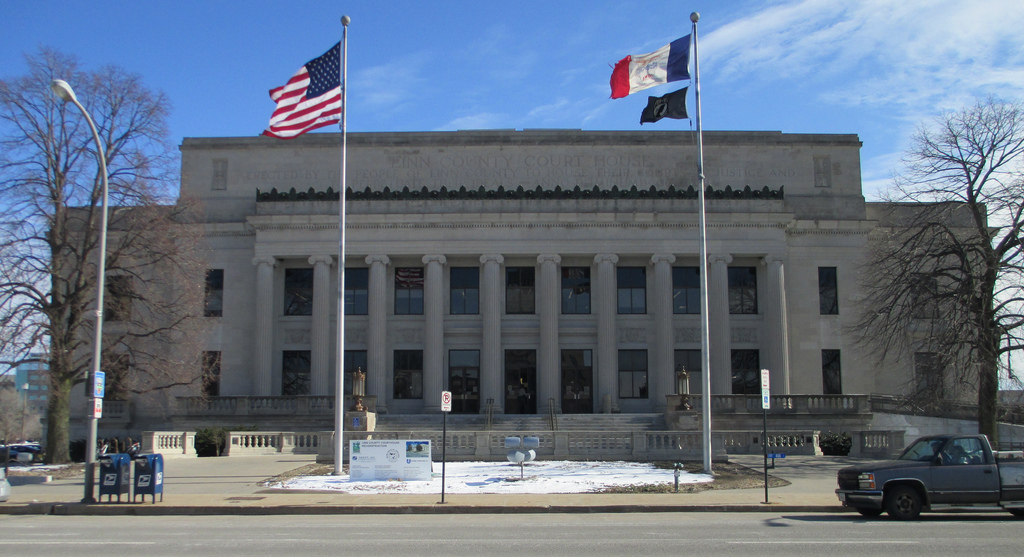Since the founding of our communities, organizations, businesses and citizens have stepped forward to build and serve their community. Click on any of the logos below to learn about those who made this website possible! If you would like to learn about becoming a sponsor CLICK HERE!

- County: Linn County, IA
- Region: Southeast IA
- Sponsors
- About Mount Vernon, IA
- Businesses
- Community Organizations
- Faith Organizations
- Festivals and Events
- Points of Interest
- Veterans
- Visit Website
Learn how to Contribute to any of the above categories.
No news yet. Got some news? Hit that NEW POST button!
About Mount Vernon, IA
This information is taken from the book "A Centennial History of Mount Vernon, Iowa:1847-1947", prepared by the Centennial Committee, and in histories prepared by the Methodist, Catholic, and Presbyterian Churches.
As a result of Chief Black Hawk's war with settlers along the Mississippi River near Rock Island and his flight into Illinois and Wisconsin, a large tract of land in Iowa was taken from his Sac and Fox tribe. This land was partial payment for damages done by Black Hawk and could be considered a forced cession of territory. The treaty at the end of the war (1832) opened up the Iowa territory for settlement. Mount Vernon is at the very western edge of the required land cession. Following the treaty of 1832 the land was surveyed by the federal government.
The earliest know settler to Mount Vernon arrived in 1837, and built a cabin near the present Nature Park. In 1838 settlers began to arrive in force as the land became officially for sale. Well before the public sale, squatters staked out claims to land for farming. Original claims for land were marked out by stepping fifteen hundred paces each way, and they were allowed squatter's rights for six months. Another six months was added if a cabin was built. The land could then be purchased from the government at $1.25 an acre. The first settlers marked the flat land around the hill, with Daniel Hahn locating near the current golf course and William Abbe to the northeast near the present school which bears his name. The traders and merchants took the land on the hill which was less desirable for farming. Originally know as "Hilltop", Mount Vernon later became known as Pinhook in 1847 after the wooden pins used in the stores to hang up the goods. In late 1847, the area was renamed Mount Vernon to reflect the name of Washington's home. It was not until 1869 that the town was incorporated as a city with an elected government.
Although a large Czech group arrived in the early 1850's, most of the pioneers came from the settled areas of Pennsylvania, Ohio, Illinois, and Indiana, and they quickly recognized the value of the rich soil. Many farms near the town are in the hands of families who have been here a century, and some since the first land sales.
The fine brick homes and the college buildings constructed before 1870 were made from local clay and sand from the Red Cedar River, baked on the site. Even though originally constructed by workers with little skill, the city has an unusually large number of these buildings still in use. In the 1890's, a significant building boom and a series of fires resulted in the construction of most of the present business area.
In 1853 the Iowa Conference Male and Female Seminary was established - four years later to become Cornell College. Cornell is the only college in the nation to have its entire campus listed on the National Register of Historic Places.
The coming of the Northwestern Railroad in 1859 gave the town access to the goods and culture of the east. In the 1920's Mount Vernon was again fortunate to be located on the national Lincoln Highway (U.S. 30), the first federal transcontinental motorway.
Historically, the town has centered around education and services. In the late 19th century many small industries and home craft shops dominated the hilltop business area, providing goods and services to the surrounding farmers. Since World War II Mount Vernon has been tied to the economy of Cedar Rapids while remaining a strong independent town in its own right. In recent years many Cedar Rapids and Iowa City professional persons have been attracted to Mount Vernon by its excellent economic health, educational institutions, and cultural advantages.
Mount Vernon is located in eastern Linn County and is known for its rolling hills, beautiful historic homes and unique shopping district. Although hilly, Mount Vernon is small enough so that you can walk from place to place with ease.
Mount Vernon's carefully tended Victorian-era homes and quaint business district recall an era of days gone by. There are four distinct eras which have shaped Mount Vernon's growth. Each era contributed to the town's prosperity, leaving its mark on local culture and the appearance of Mount Vernon today. Be sure to examine the photo exhibit in the council chambers of the Mount Vernon City Hall, 213 First Street West. City Hall is open 8-5 Monday through Friday.
Linn County, IA
Visit our county page and you will find information about our town and county's points of interest, festivals/events and faith community. You also will learn about the community organizations that have built and continue to build strong communities (chambers, community groups, and departments, etc) and much more when you visit the Linn County, IA page.

